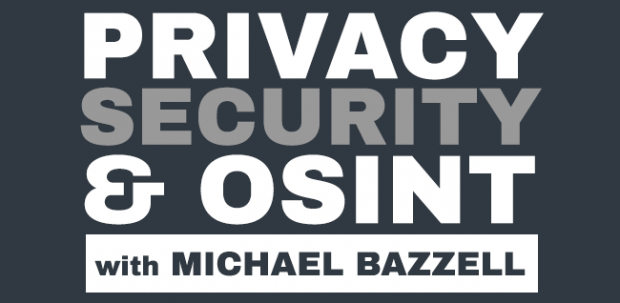EPISODE 283-Announcements, Updates, & News
This week I offer numerous announcements, updates, and news items related to privacy, security, & OSINT.
Direct support for this podcast comes from our privacy services, online training, and new books for 2022: Extreme Privacy (4th Edition) and Open Source Intelligence Techniques (9th Edition). More details can be found at IntelTechniques.com. Thank you for keeping this show ad-free.
SHOW NOTES:
INTRO:
None
ANNOUNCEMENTS:
https://inteltechniques.com/book1.html
Sporadic Shows
https://unredactedmagazine.com/
UPDATES:
Proton Mail Hardware 2FA Correction
https://go.getproton.me/aff_c?offer_id=7&aff_id=1519
https://inteltechniques.com/tools/API.html
MySudo crash
IronVest
Spiderfoot
NEWS:
Medical Breach
Free Guides: https://inteltechniques.com/links.html
Affiliate Links:
Extreme Privacy (4th): https://amzn.to/3D6aiXp
Proton Mail: https://go.getproton.me/aff_c?offer_id=7&aff_id=1519
Proton VPN: https://go.getproton.me/aff_c?offer_id=26&aff_id=1519&url_id=277

